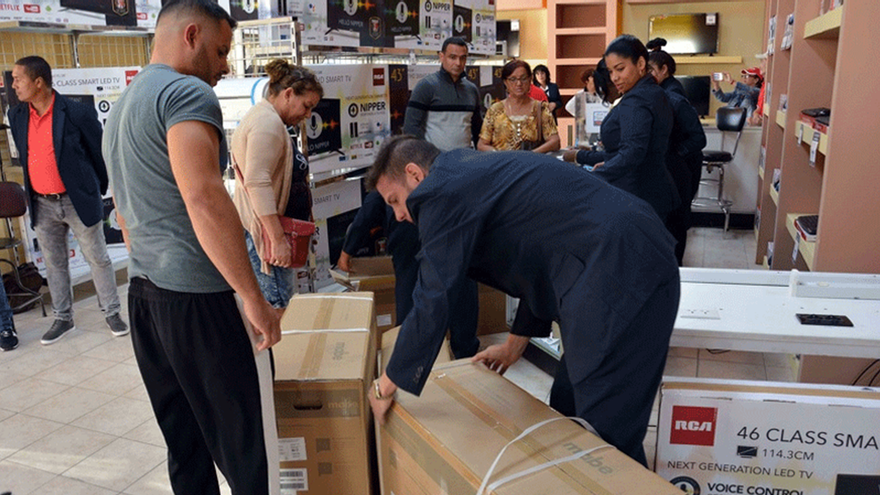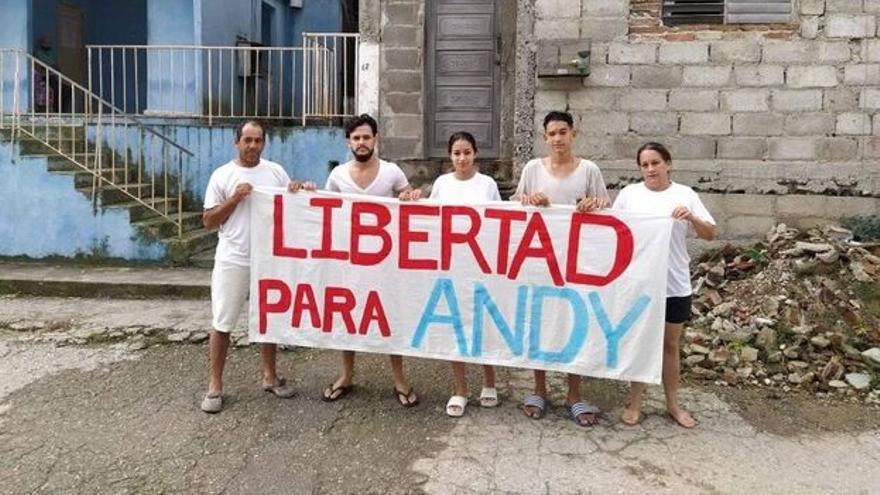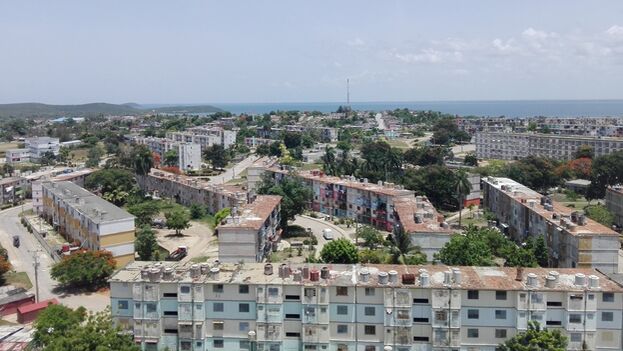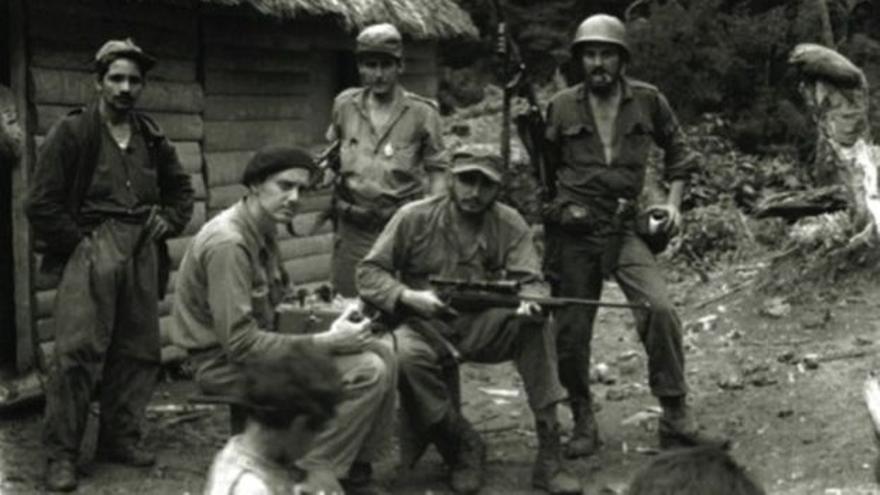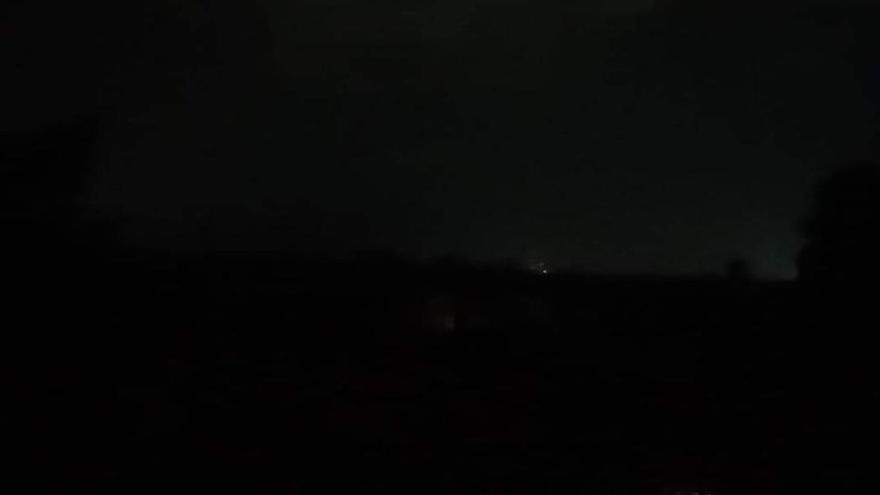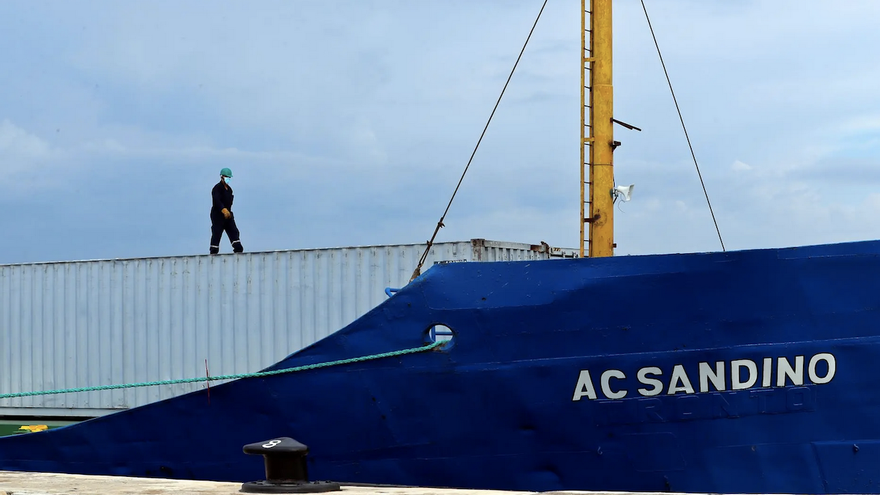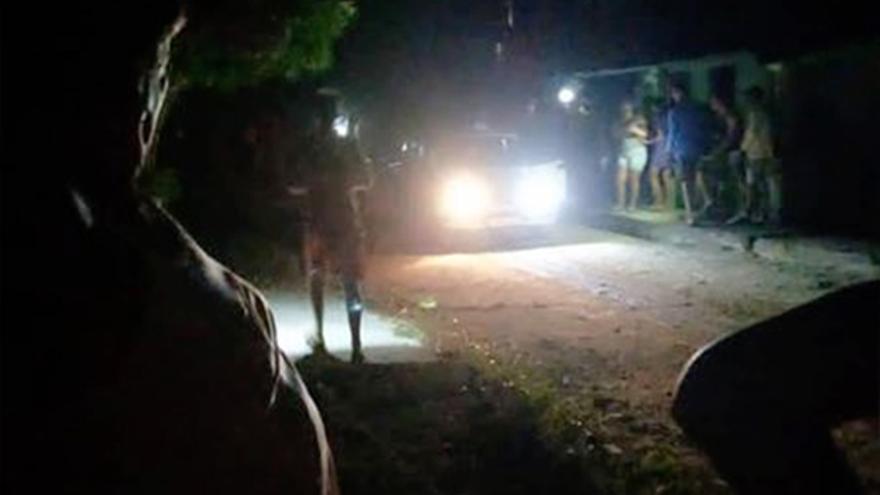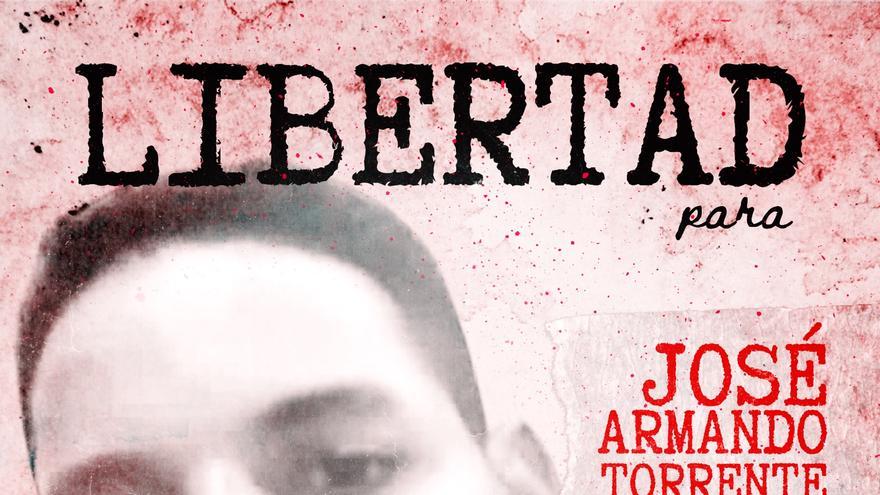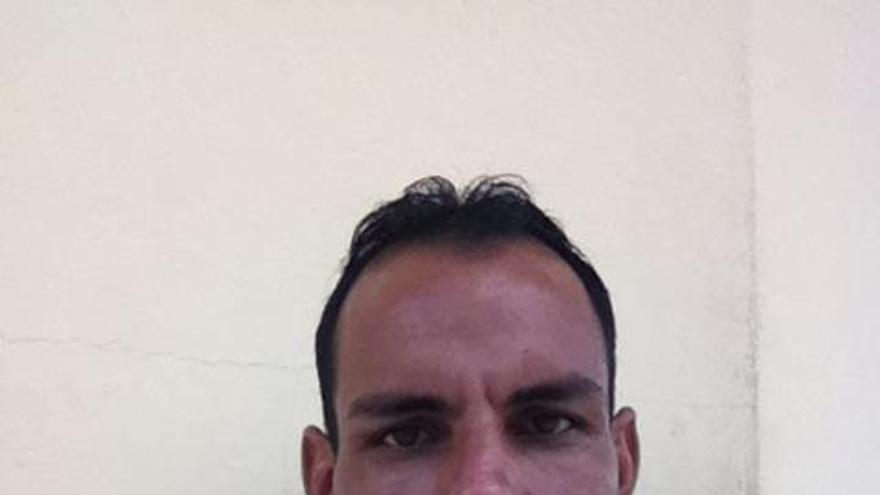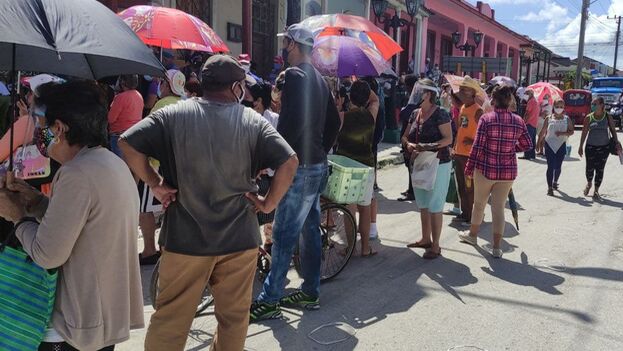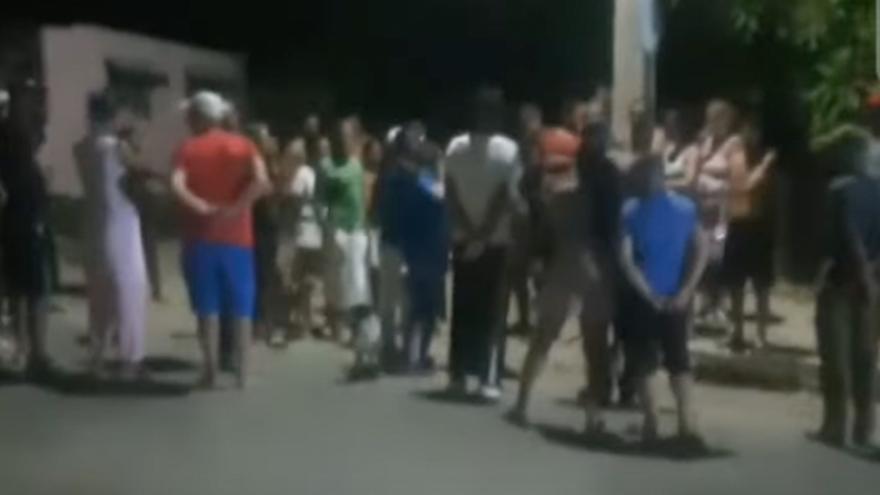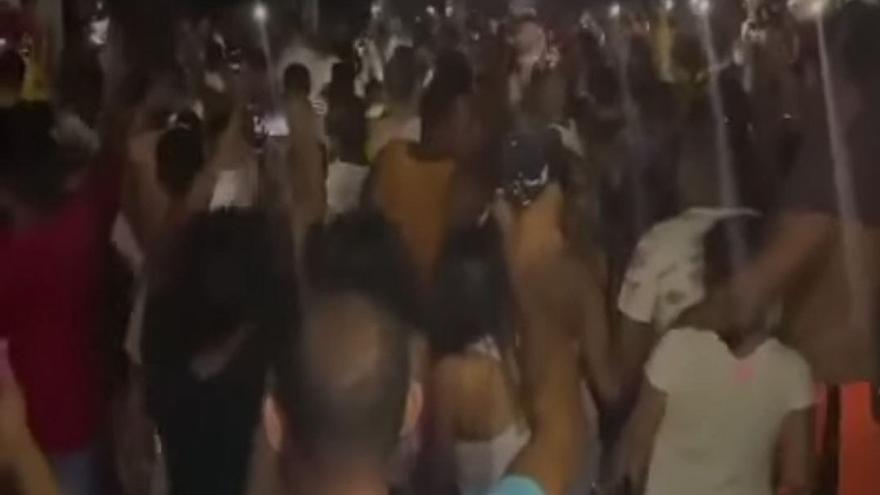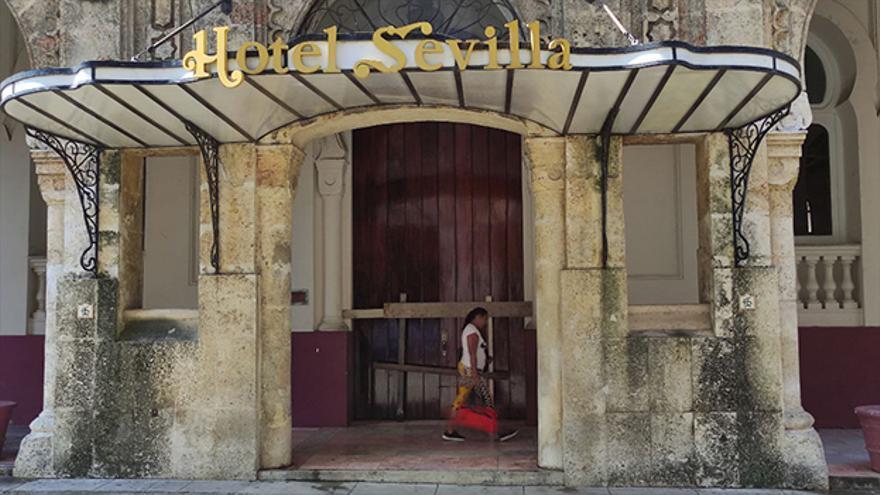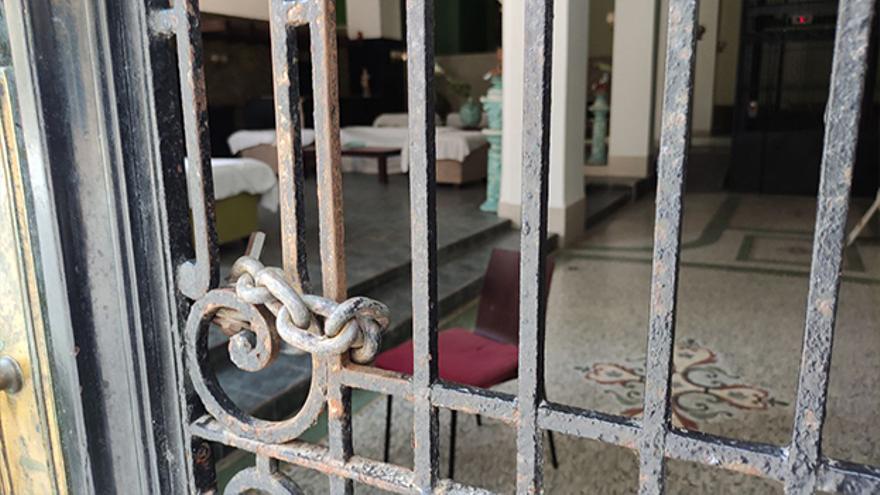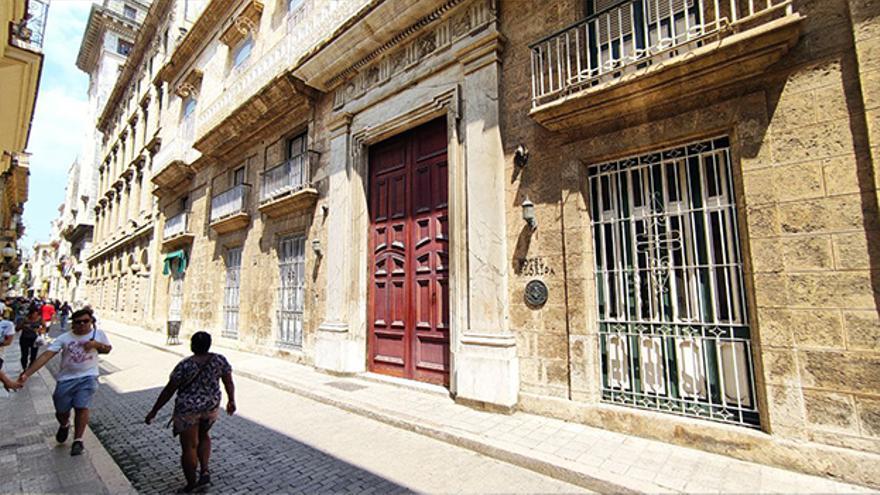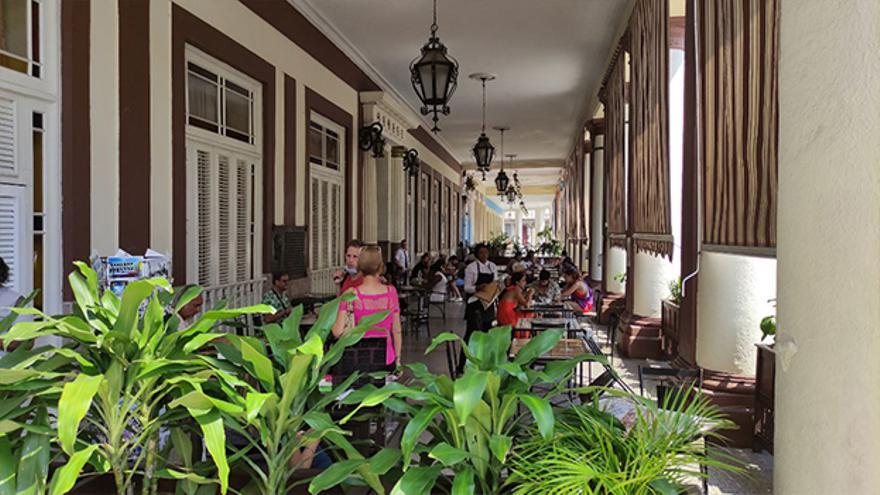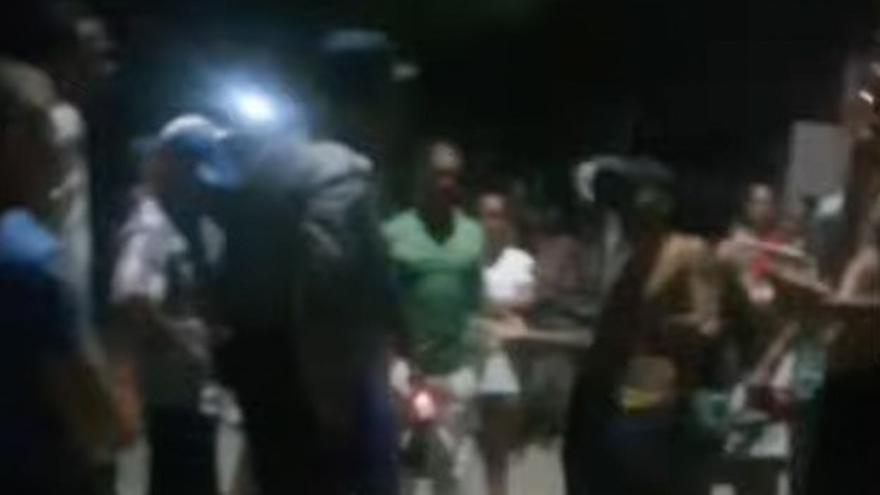
![]() 14ymedio, Havana, 22 August 22, 2022 — The Camagüey city of Nuevitas, a protagonist on Thursday and Friday of the largest demonstrations in Cuba since July 11, 2021, wakes up on this repressed and silent Monday. Throughout the weekend, its inhabitants had their Internet access restricted, and the streets were patrolled by police, soldiers and civilian agents.
14ymedio, Havana, 22 August 22, 2022 — The Camagüey city of Nuevitas, a protagonist on Thursday and Friday of the largest demonstrations in Cuba since July 11, 2021, wakes up on this repressed and silent Monday. Throughout the weekend, its inhabitants had their Internet access restricted, and the streets were patrolled by police, soldiers and civilian agents.
Eyewitness testimonies about the protests, published on social networks, have been deleted. Thanks to these videos, it was possible to observe the crowd that made up the demonstrations, where along with demanding an the end of the blackouts — “turn on the power, dickhead” – they shouted other high-sounding slogans, such as “freedom” “homeland and life” or “Díaz-Canel, motherfucker, the people are tired,” and sang of the national anthem.
There is also no trace of what happened in Nuevitas in the official press. The provincial newspaper Adelante limited itself to announcing this Sunday a new “energy schedule,” inferring that there will be fewer blackouts.
In an attempt to appease the spirits of the population, they also reported that the Diez de Octubre thermoelectric plant, in Nuevitas, which had stopped working due to breakdowns, “synchronized” two of its units to the National Energy System. The title of the note published on Saturday, Thermoelectric unit of Nuevitas integrated into the national generation of was, however, misleading: both blocks later, were again “off-line” because of problems with the boilers, and the only unit that works in the plant is the VI.
Some official media did allude to the protests on their social networks, only to dismiss them. Thus, Radio Nuevitas reproduced on Facebook a publication that calls peaceful demonstrations “disruptions of public order, always encouraged from the outside to incite hatred, popular discontent and violence.” continue reading
The text, signed by Pedro Alexander Cruz Moiset of Radio Cadena Agramonte, extends to the opinion that “none of those who call for a regime change in Cuba have lived under capitalism, much less delved into the history of capitalism.”
The author suggests that “rather than inciting hatred, the call must be for unity, discipline, order, the collective search for the solution to the real and objective problems that the nation is experiencing,” and ends by calling for “the defense of the Revolution and its conquests” with the slogan “homeland or death, we will win.”
The publication was strongly criticized in the comments. “You have to be really cold to blame others for what happens in Cuba! Enough is enough! No one believes you!” writes Indira C. Martínez. “Be ashamed of your complicity and do real journalism!” asks Gissel Herrera.
A Cuban woman, resident in Miami, Alina Jalil, argues: “They could say that Cubans were asleep because there was no internet, and they barely had communication with the outside world, buddy! But now? It’s shameful that they publish this! Who is that note for?”
And the Havanan Niurvis Delgado says: “The people are tired of so many unfulfilled promises. They protest to ask for change and demand that they be heard, because they know that there’s a better life and that what they lead is not life,” while encouraging: “We are all Neuvitas! Poor, brave people!”
Meanwhile, Justicia 11J reported that the relatives of Mayelín Rodríguez Prado, La Chamaca, were informed by the police of Nuevitas that the 21-year-old girl was transferred to Camagüey. “We don’t take this information for granted until Mayelín makes the regulation call that would put an end to her disappearance,” clarifies the legal platform, which registers a total of 42 detainees in the protests that have occurred on the Island since the beginning of the “scheduled blackouts” in mid-June.
On Sunday, the organization mentioned ten others arrested for the demonstrations in Camagüey. Two of them are José Armando Torrente and his wife, parents of Gerlin Torrente Echevarría, the 11-year-old girl who along with two others was assaulted by security forces in the early hours of Saturday.
In addition, they report that the hairdresser Josué Nápoles Sablón, El Nene, and six demonstrators from the peoples council of Camalote were arrested: Yasmani García Ramírez, Michel Escalona Ramírez, Kenay Perdomo Soria, Héctor Curbelo, José Antonio Rodríguez and Richard Conte Betancourt.
Finally, they confirmed the arrest of Julio Gil de Montes, related, says Justicia 11J, “to his critical statements about the first secretary of the Party in Camagüey.”
Translated by Regina Anavy
____________
COLLABORATE WITH OUR WORK: The 14ymedio team is committed to practicing serious journalism that reflects Cuba’s reality in all its depth. Thank you for joining us on this long journey. We invite you to continue supporting us by becoming a member of 14ymedio now. Together we can continue transforming journalism in Cuba.

